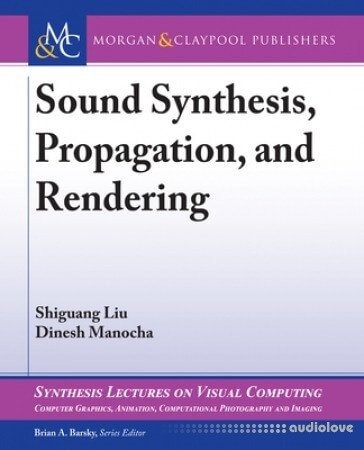Sound Synthesis, Propagation, and Rendering

This book gives a broad overview of research on sound simulation driven by a variety of applications . Vibrating objects produce sound, which then propagates through a medium such as air or water before finally being heard by a listener. As a crucial sensory channel, sound plays a vital role in many applications. There is a well-established research community in acoustics that has studied the problems related to sound simulation for six decades.
Some of the earliest work was motivated by the design of concert halls, theaters, or lecture rooms with good acoustic characteristics. These problems also have been investigated in other applications, including noise control and sound design for urban planning, building construction, and automotive applications. Moreover, plausible or realistic sound effects can improve the sense of presence in a virtual environment or a game. In these applications, sound can provide important clues such as source directionality and spatial size.
The book first surveys various sound synthesis methods, including harmonic synthesis, texture synthesis, spectral analysis, and physics-based synthesis. Next, it provides an overview of sound propagation techniques, including wave-based methods, geometric-based methods, and hybrid methods. The book also summarizes various techniques for sound rendering. Finally, it surveys some recent trends, including the use of machine learning methods to accelerate sound simulation and the use of sound simulation techniques for other applications such as speech recognition, source localization, and computer-aided design.
Home page
DOWNLOAD
